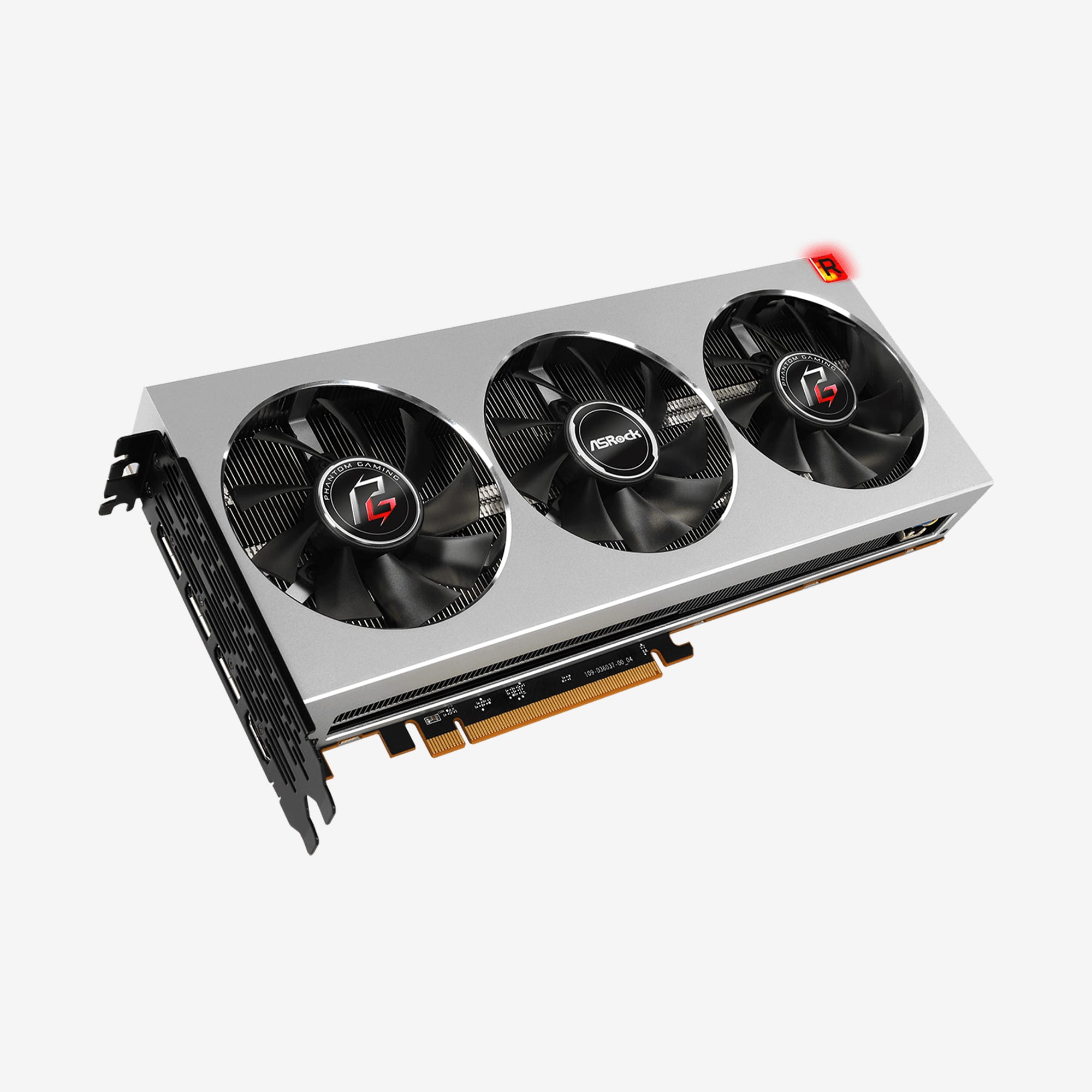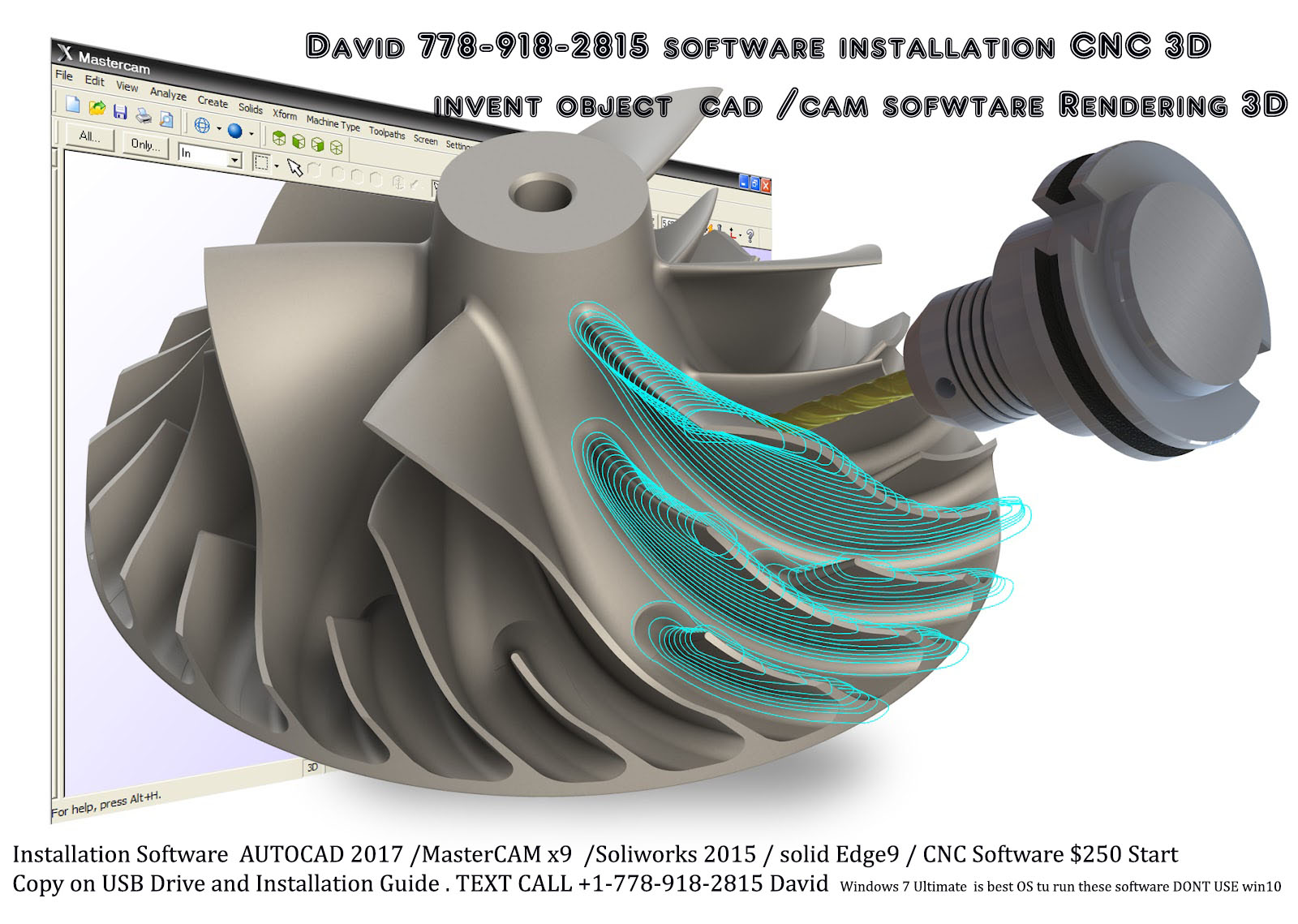

Placing a slow module in slot 4 will cause slot 3 to operate at the same speed. The slowest module will dictate the speed at which a memory channel operates. 4 DIMMs: Install in memory slots 1, 2, 3, and 4įor best results, all DIMMS should be of the same size and speed this is especially true when using both slots 3 and 4 since they share a memory channel.3 DIMMs: Install in memory slots 1, 2, and 3.2 DIMMs: Install in memory slots 1 and 2.To achieve the best available memory performance you should follow this sequence for installing RAM modules: The way the memory channels are divided up has implications for how you add memory to your Mac Pro. The same architecture is used for Mac Pros with dual processors memory slots 1, 2, 5, and 6 are each connected to their own dedicated memory channel, while slots 3 and 4 share one of the remaining channels, and slots 7 and 8 share the final memory channel. With a single processor Mac Pro, memory slots 1 and 2 each use a discrete memory channel, while slots 3 and 4 share the remaining memory channel. Memory channels are the means by which the processor or memory controller communicates with the RAM module. The tricky bit about upgrading the 2010 through 2012 Mac Pros is that while there are 4 memory slots per processor, there are only 3 memory channels available to each processor. Each processor supported up to 4 DIMM (Dual-Inline Memory Modules) memory slots, resulting in the Mac Pro having either 4 or 8 memory slots that could be populated with DIMM modules. The 2010 through 2012 versions of the Mac Pro were available in single and dual processor configurations that supported up to 12 processor cores.

(Mac Pro models from 2010 and later can all be upgraded to increase performance and ensure compatibility with macOS Mojave and later.) Memory Upgrades With just a few changes, you can upgrade your Mac Pro and ensure it’s compatible with macOS Mojave you can also increase its performance to meet your needs. While there may be a bit of a thrill in updating to something new, the truth is, at least in this case, if you’re using a 2010 through 2012 Mac Pro, or the newer 2013 and later models of the Mac Pro, you may find that instead of updating, upgrading may be a better choice. Beginning with macOS Mojave, Apple started paring back support for some Mac Pro models, leaving many to wonder if it’s time to consider updating to a new workstation. The Mac Pro has long been the choice of both amateur and professional content creators and developers who expect performance and the ability to customize their workstations.


 0 kommentar(er)
0 kommentar(er)
